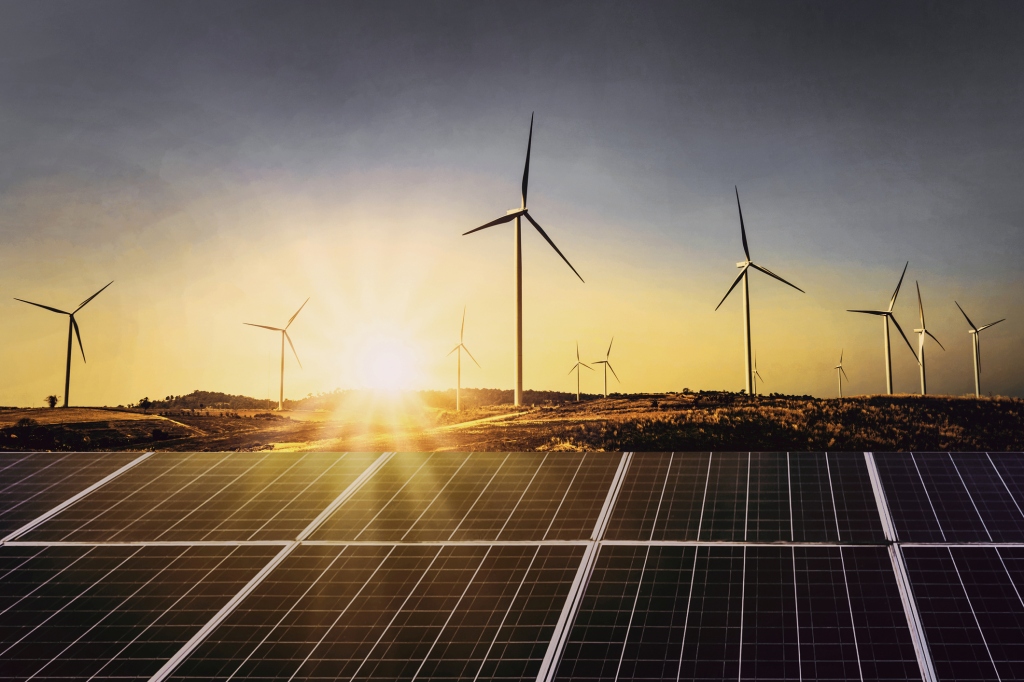Renewable Energy: The Path to a Sustainable Future
In recent years, the conversation around renewable energy has gained considerable momentum. As our society becomes increasingly aware of the impact of fossil fuels on climate change and environmental degradation, there is a growing recognition that we must transition towards more sustainable energy sources. Renewable energy offers a promising solution for reducing greenhouse gas emissions and creating a healthier planet for future generations.
One of the key advantages of renewable energy is its ability to harness naturally occurring resources that are constantly replenished. Unlike fossil fuels such as coal or oil, which are finite and non-renewable, renewable energy derives power from sources like sunlight, wind, water, and geothermal heat. By tapping into these abundant resources, we can generate electricity without depleting natural reserves or releasing harmful pollutants into the atmosphere.
Solar power stands out as one of the most accessible forms of renewable energy available today. Solar panels convert sunlight into electricity through photovoltaic cells, offering an efficient and clean source of power generation. With advancements in technology and decreasing costs over time, solar panels have become increasingly affordable for homeowners and businesses alike. Moreover, solar installations can be integrated into existing infrastructure or built as standalone systems in remote areas where access to traditional electrical grids may be limited.
Wind power is another rapidly expanding sector within the realm of renewables. Harnessing wind turbines to generate electricity has proven highly effective in many regions worldwide. Wind farms utilize large arrays of turbines positioned strategically in areas with consistent winds to capture kinetic energy from moving air masses. As this industry grows larger and more efficient turbine designs emerge, wind power has become an attractive investment option for governments seeking to diversify their energy portfolios while reducing carbon emissions.
Hydropower also plays a significant role in meeting global energy demands sustainably. By capturing the potential energy stored in flowing water bodies such as rivers or tides and converting it into mechanical or electrical form using turbines or generators respectively, hydropower offers a reliable and renewable energy source. Large-scale hydroelectric projects have been pivotal in meeting the electricity needs of many countries, but smaller installations like micro-hydro systems can also power rural areas with limited access to conventional grids.
Geothermal energy taps into the planet’s heat resources stored beneath the Earth’s surface. By drilling deep wells, we can access hot water or steam that can be used directly for heating purposes or converted into electricity through geothermal power plants. This form of renewable energy has proven particularly effective in regions near tectonic plate boundaries where geothermal activity is more accessible. However, ongoing research and technology advancements are necessary to further exploit this clean energy alternative.
Transitioning towards a future powered by renewable energy presents numerous benefits beyond reducing carbon emissions. The move away from fossil fuels will help mitigate air pollution, improving both human health and environmental quality. Furthermore, as renewables become increasingly cost-competitive with traditional sources of energy, transitioning to cleaner alternatives has the potential to create new jobs and stimulate economic growth in sectors such as manufacturing, installation, and maintenance.
However, it is essential to acknowledge that challenges exist along the path towards a renewable future. One key concern is intermittency—the fact that some renewable sources depend on weather conditions or time of day for optimal performance. For instance, solar panels only generate electricity during daylight hours while wind turbines require sufficient wind speeds to operate efficiently. To address this issue, advances in battery storage technologies are crucial for storing excess power generated during peak periods and ensuring a consistent supply when conditions are unfavorable.
Moreover, transitioning from an established fossil fuel-based infrastructure to one based on renewables requires significant investment in terms of finances and political commitment. Governments must provide incentives and support mechanisms for businesses and individuals willing to adopt sustainable practices while phasing out subsidies for fossil fuel industries gradually.
In conclusion, renewable energy holds tremendous potential as a viable solution for addressing climate change concerns while ensuring our global population’s energy needs are met sustainably. Solar, wind, hydropower, and geothermal resources offer clean alternatives to fossil fuels, reducing greenhouse gas emissions and mitigating environmental harm. As technology advances and costs decline, transitioning towards renewable energy sources becomes an increasingly attractive and feasible option for individuals, communities, and nations worldwide. By embracing this transition wholeheartedly, we can pave the way for a brighter future built on sustainable living practices.

Leave a comment